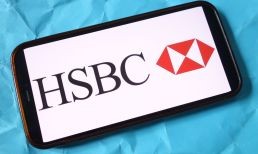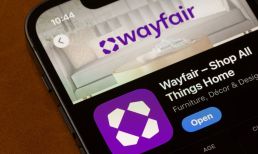In Germany, security matters. In China, one must make sure to bring their top mobile game. Scandinavia has a thing for invoice-based payment programs. Much of North America remains anchored to major-brand credit cards.
As digital technology keeps bringing new efficiencies to transactions, and more consumers around the world turn to eCommerce for retail and other purchases, an accompanying trend is making life interesting for merchants and payment providers. Local payments options are increasing, resulting in a sector that promises to undergo more fragmentation in the coming years.
That’s according to James Booth, vice president and head of new business for PPRO, a global firm that focuses on local payment methods and related services, including the facilitation of cross-border digital transactions. During a recent interview with PYMNTS, Booth discussed the importance of providing local and alternative payment methods that speak to the specific needs of particular markets.
“There are a lot of dollars left on the floor” by merchants who fail to provide enough local payment options, he said. The numbers back that up.
Booth said 50 percent of online shoppers have abandoned a transaction because the eCommerce operator failed to offer a preferred payment option. Though cards may dominate in the United States (76 percent of eCommerce purchases involve them, he said), the rest of the world more often uses other methods. In fact, so-called alternative payments in 2015 overtook cards when they accounted for 51 percent of eCommerce turnover.
Different countries prioritize different payment values and forms. Bank transfers have significant loyalty in Germany because it is considered more security than some other payment forms, and because of the general cultural aversion there to taking on excess debt. Scandinavian consumers have embraced Klarna and other pay-by-invoice services — for reasons not entirely understood by Booth and other analysts, it seems.
Advertisement: Scroll to Continue
China, as one can imagine, is obsessed with mobile. If a Chinese consumer trying to make an online purchase cannot do so through Alipay or WeChat Pay, that consumer is more likely to search for another merchant that takes that form of payment rather than, say, using their own UnionPay-branded payment card, Booth said.
“It’s just much easier to do that search,” he said.
He estimated that some 300 “significant” forms of local payment options are operating around the world — of which 150 are “really significant.” Those numbers have grown in recent years, with the most secure among them offering two-factor authentication, sometimes including fingerprint scans. That fragmentation likely will continue over the next five years or so, as banks are “not yet quick enough to develop” options that will appeal to consumers in specific markets before someone else invents another one. The increase in regulatory friendliness to FinTech, including via PSD2 in Europe, further serves to encourage entrepreneurs to construct new payment options that appeal to specific groups of consumers.
That fragmented landscape won’t last forever, though. “Over time, that will change,” Booth said, anticipating future consolidation in the local payments space, with banks likely to buy some of the best-performing options.
For now, merchants hoping to increase their cross-border sales — and keep customers loyal to their eCommerce platforms — cannot afford to ignore local, alternative payment options, he said. That’s especially true for retailers seeking more sales from consumers in fast-growing eCommerce markets, such as Mexico (where 36 percent of online transactions were made by cards in 2016, PPRO said), Indonesia (27 percent) and the Philippines (5 percent).
“Merchants can see a significant, even double-digit, revenue increase immediately after adding a payment method at checkout,” Booth said.
It seems obvious but it’s worth repeating: Online retailers hoping to capture more of those local sales need to do a rigorous study of the payment options desired by consumers — many of which might cost less for the merchant than more traditional methods such as cards, Booth said. When in doubt, offering bank transfers presents a reasonable alternative for those merchants. That’s because transfers are forecasted to become the second most popular payment method globally by 2021, with an eCommerce market share of 16.5 percent, he said.
“I think the market is waking up” to the importance of local payment options, Booth said. In previous years, those options were seen as a tool for gambling and other high-risk forms of digital commerce, but that started to change when airlines and other relatively respectable operations began to offer them. Now, merchants are surely, if perhaps a bit slowly, realizing the appeal of those options.
“The lightbulb has gone off,” he said.




